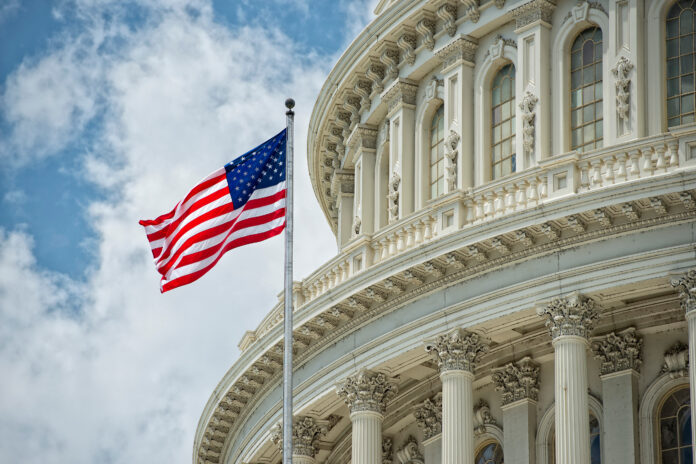The American Medical Association (AMA) is the largest national association for physicians, with representatives from over 190 state and medical specialty societies, including both the AANS and CNS. The AMA serves many roles, but it maintains an important voice in advocacy to address issues facing the practice of medicine in courts and legislative bodies. The AMA is known as the House of Medicine, the one place where all physicians can gather to exchange ideas and debate policy.
There are multiple tiers within the AMA, and the neurosurgery delegation has representatives at each level to represent the needs of the specialty within the organization. The House of Delegates (HOD) resides at the core of the AMA and is its policy-making body. The HOD enables discussion of resolutions and reports; this ultimately directs the organization’s advocacy efforts and public health initiatives. Neurosurgery’s delegation to the HOD has eight members, including four voting delegates and four alternates split equally among AANS and CNS; neurosurgery’s interests are supported by the introduction of resolutions and providing of testimony.
Despite the small size of the neurosurgery delegation relative to other state and specialty societies, the specialty has carved out a significant role through collaboration and leadership. Ann Stroink, MD, FAANS, (Delegation Chair) has been elected both to the Council on Legislation and as Chair of the Mobility Caucus (which was founded in part by neurosurgery). She has previously served as Chair of the influential Reference Committee F (finance and governance). Krystal Tomei, MD, FAANS, is an elected member of the Council on Medical Education. Maya Babu, MD, FAANS, has previously served on the AMA Board of Trustees as a resident member, and Laura McGuire, MD was previously elected Speaker of the Medical Student Section and now a delegate in the Resident and Fellow Section. Washington Office Director, Katie Orrico has deep ties to physicians and staff throughout the AMA from years of attending HOD meetings. At the Interim Meeting in November 2022, Kenneth Blumenfeld, MD, FAANS, worked on Reference Committee B (legislation) and Jason Schwalb, MD, FAANS on Reference Committee J (medical service, medical practice, insurance and related topics). Joshua M. Rosenow, MD, FAANS, previously worked on Reference Committee A (medical service).
While it may seem like much of the policy debated at the AMA HOD does not directly affect neurosurgery, advocacy efforts on issues such as pre-authorization reform, opioid policy, malpractice reform, limitations on physician innovation and entrepreneurship, quality reporting, radiology appropriate use criteria benefit from joining forces with others in the HOD.
The HOD convenes twice a year. Not only does much work occur at the meeting itself, but much preparation happens in advance. Here’s a glimpse into that timeline:
- Author a resolution, generally based on directives from the Washington Committee, the Council of State Neurosurgical Societies, or the parent bodies
- Find co-authors to support the cause and help construct the resolution’s language
- Review the meeting handbook as a delegation and highlight key resolutions and reports to monitor or provide testimony
- Meet with various AMA sections or caucuses to discuss and garner support.
- Caucuses and sections that the Neurosurgery delegation has membership: surgical caucus, neuroscience caucus, mobility caucus, specialty and service society
- Provide virtual testimony online for the reference committee to consider for our resolution(s) or others
- Testify in-person at the reference committee and participate in any additional discussion or debate
- Review the reference committee report and prepare for the main session of the House of Delegates
- Testify at the HOD for our own resolution(s), offer support or voice opposition to others, and vote on behalf of Neurosurgery
It is important for neurosurgery to have a seat at this table, and neurosurgery benefits from having representatives from both the AANS and the CNS. Your membership in the AMA matters, as it ensures neurosurgery can continue to participate in this important discussion.








